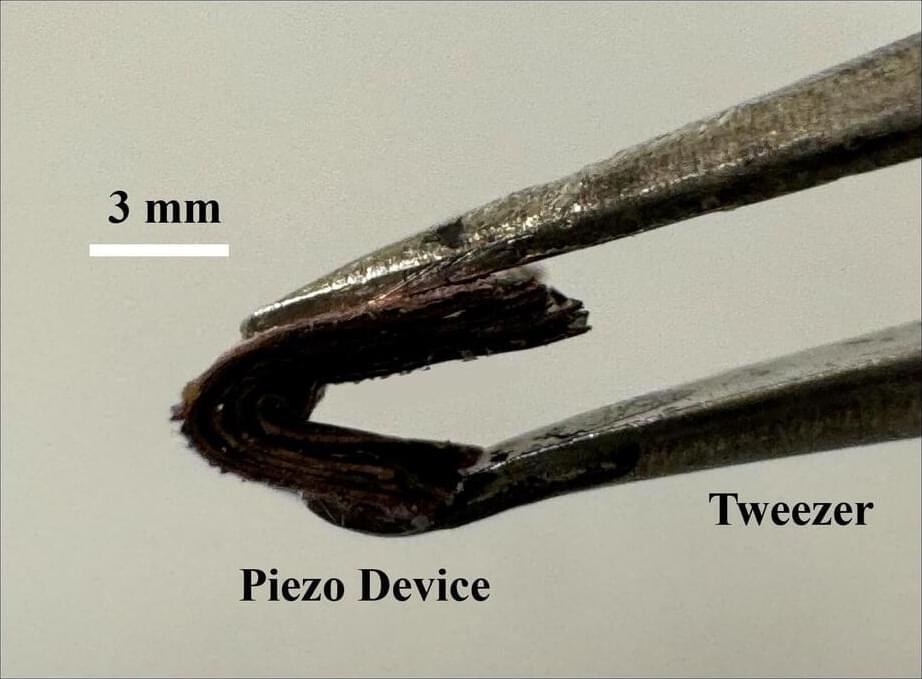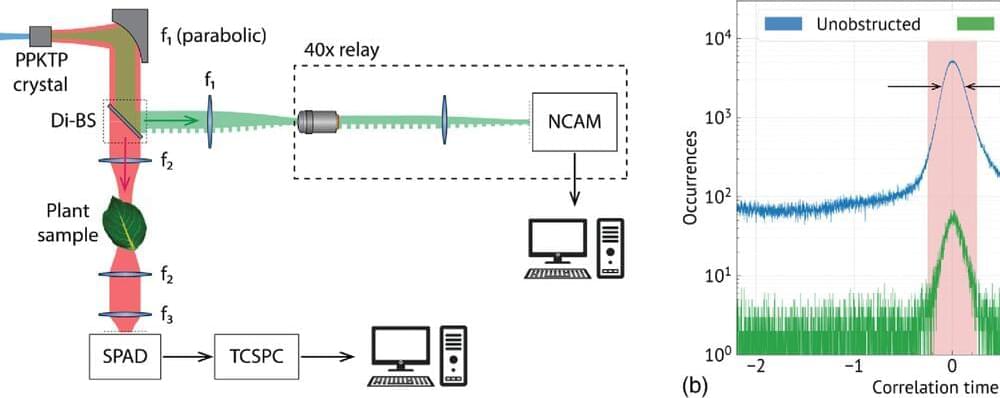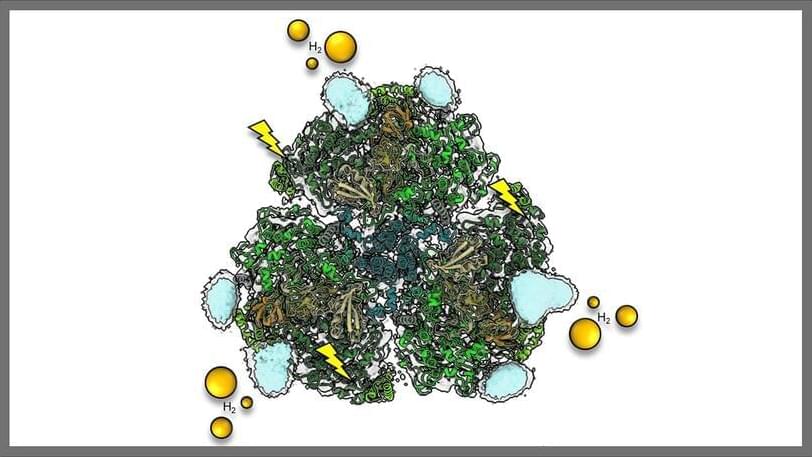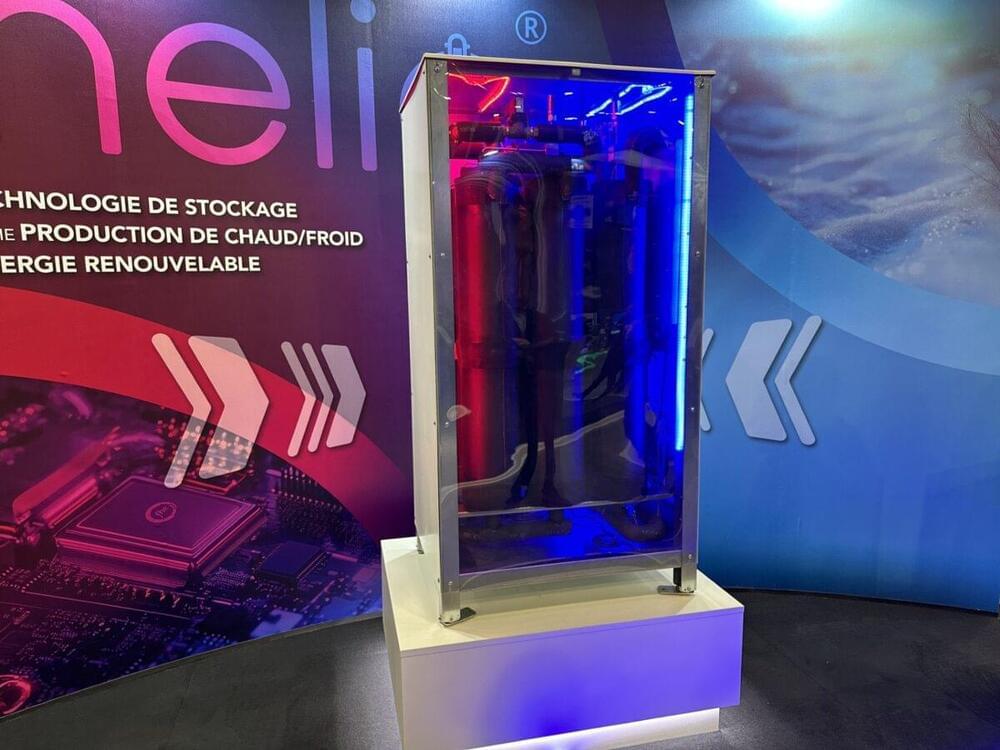Dec 16, 2024
Innovative Device could Power Electronics using Body Movements
Posted by Natalie Chan in categories: computing, mobile phones, sustainability, wearables
A new technology that can generate electricity from vibrations or even small body movements means you could charge your laptop by typing or power your smartphone’s battery on your morning run.
Researchers at the University of Waterloo have developed a tiny, wearable generator in response to the urgent need for sustainable, clean energy. It is also scalable for larger machines. Their paper, “Breaking Dielectric Dilemma: Polymer Functionalized Perovskite Piezocomposite with Large Current Density Output,” is published in the November edition of Nature Communications.
“This is a real game changer,” said Dr. Asif Khan, the project’s lead researcher and a postdoctoral fellow in the Department of Electrical and Computer Engineering at Waterloo. “We have made the first device of its kind that can power electronics at low cost and with unprecedented efficiency.”
















